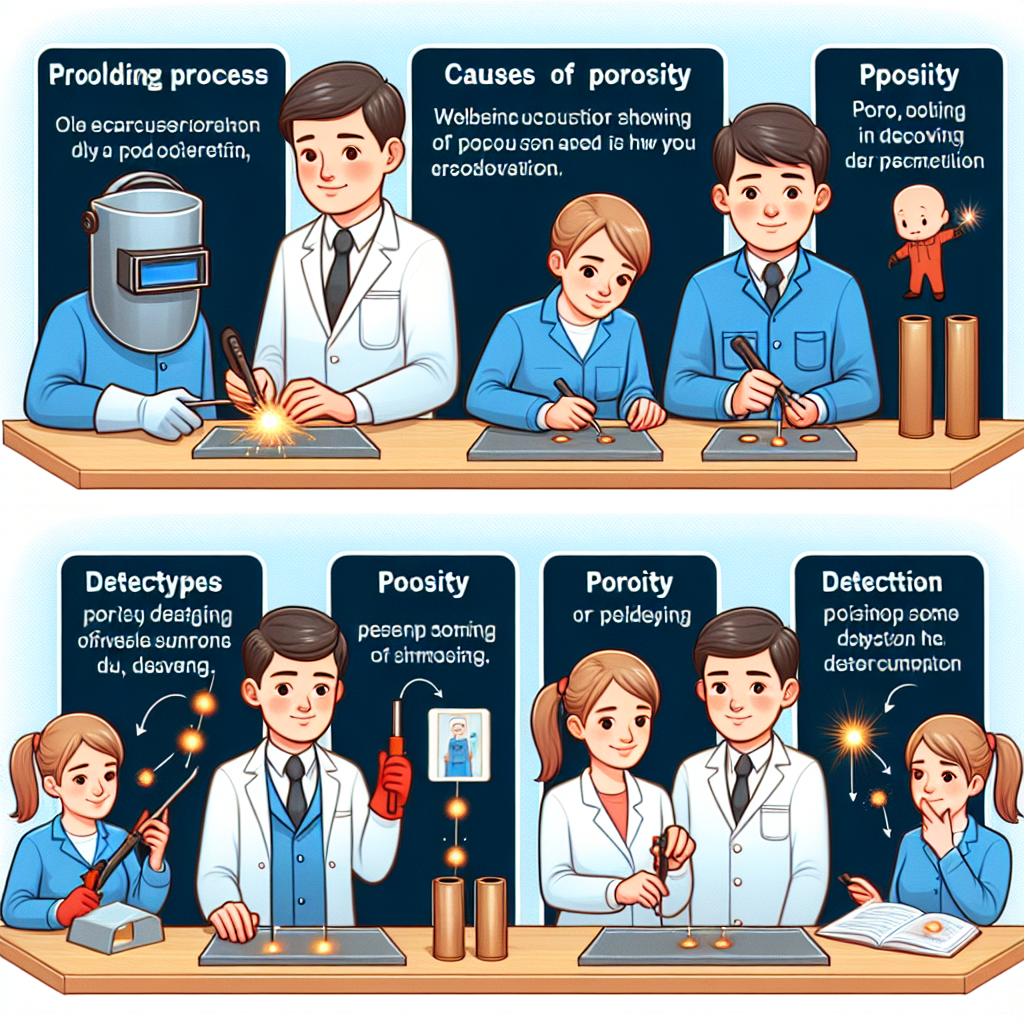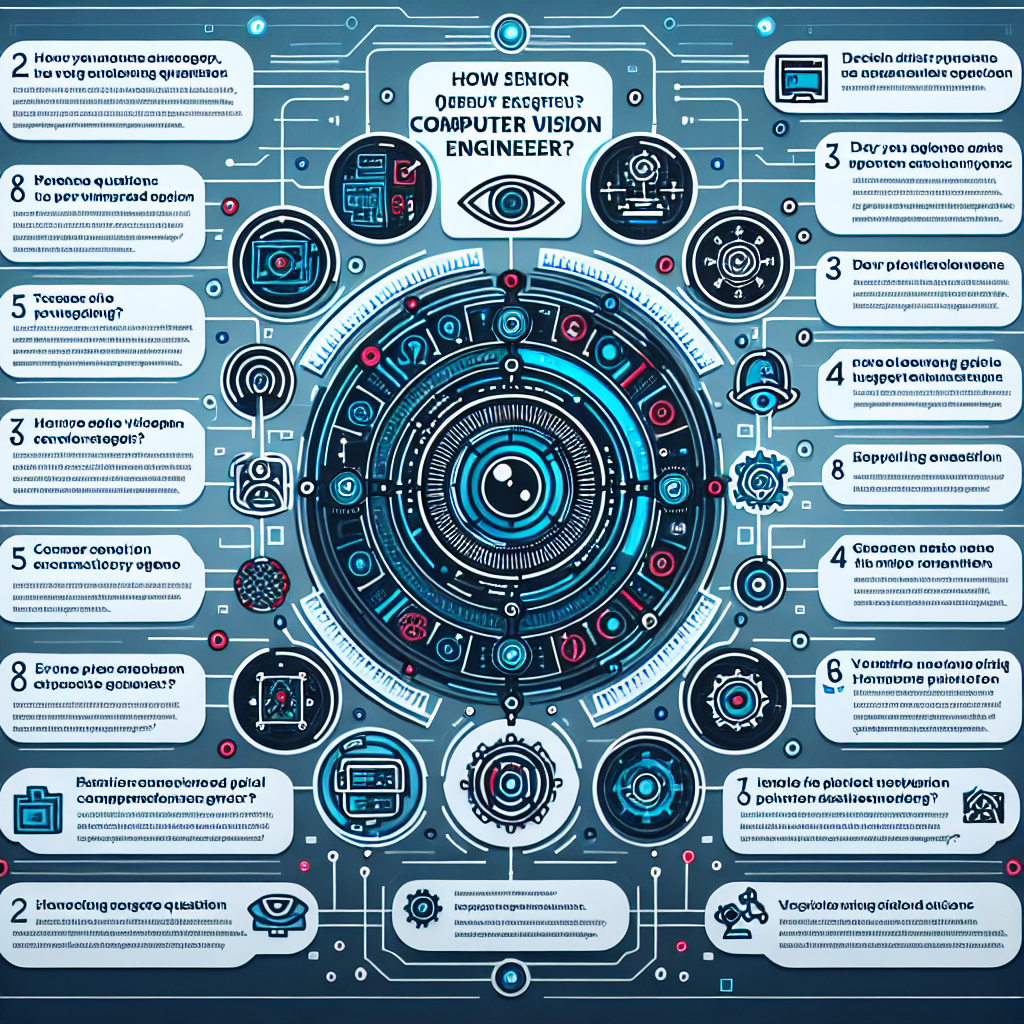Checklist for Training and Deploying Deep Learning Models
Checklist for Training and Deploying Deep Learning Models
Introduction
Training and deploying deep learning models can be a complex process that requires careful planning and execution. To ensure success, it is important to follow a checklist that covers all the necessary steps and considerations. This article provides a concise and informative checklist for training and deploying deep learning models.
Checklist for Training Deep Learning Models
- Define the problem and set clear objectives
- Gather and preprocess the data
- Split the data into training, validation, and testing sets
- Select an appropriate deep learning architecture
- Choose the right loss function and optimization algorithm
- Train the model using the training data
- Regularize the model to prevent overfitting
- Evaluate the model’s performance on the validation set
- Tune hyperparameters to improve the model’s performance
- Test the final model on the testing set
Checklist for Deploying Deep Learning Models
- Choose the deployment platform (cloud, edge device, etc.)
- Optimize the model for deployment (reduce size, improve speed)
- Convert the model to the appropriate format (TensorFlow, PyTorch, etc.)
- Implement the necessary infrastructure for deployment
- Test the deployed model in the target environment
- Monitor the model’s performance and make necessary updates
Summary
Training and deploying deep learning models require careful planning and execution. This checklist provides a clear and concise guide for both training and deployment processes. By following this checklist, developers can ensure that their models are trained effectively and deployed successfully. Remember to define the problem, preprocess the data, select the right architecture, and evaluate the model’s performance. Additionally, choose the appropriate deployment platform, optimize the model, and test it in the target environment. By following these steps, developers can maximize the success of their deep learning models.







